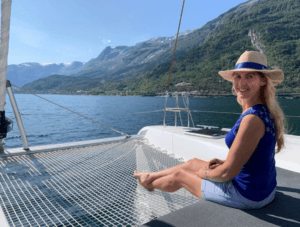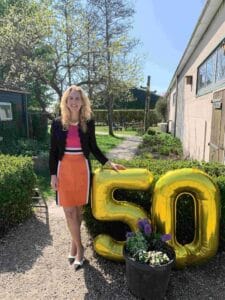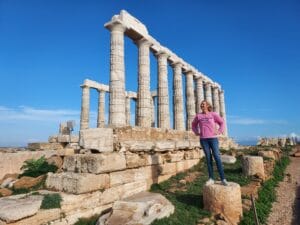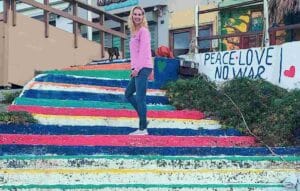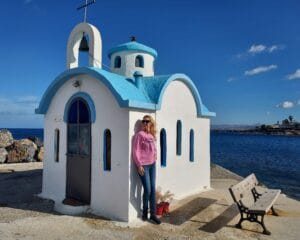We sailed further and further to the north of Croatia, because after Zadar, we passed the islands of Pag and Cres and crossed over to Istria. This is the northernmost province of Croatia and also the largest peninsula in the Adriatic Sea.

Istria is shared as a peninsula by 3 countries: Croatia has the largest part, Slovenia and finally Italy where the famous city of Trieste is located. Istria is protected in the north by the Alps and has a Mediterranean climate with wonderful temperatures.

So the snorkelgear regularly came out here to immerse ourselves in the beautiful clear waters (sea temperature 27.8 degrees!).


There is also a real holiday vibe here, there are not many sandy beaches, but sun worshippers settle on the flat rocks at the water, where they set up their colored parasols. We saw many campers parked on top of the rocks and people swimming underneath. Nice view from the water when you sail along the coast!
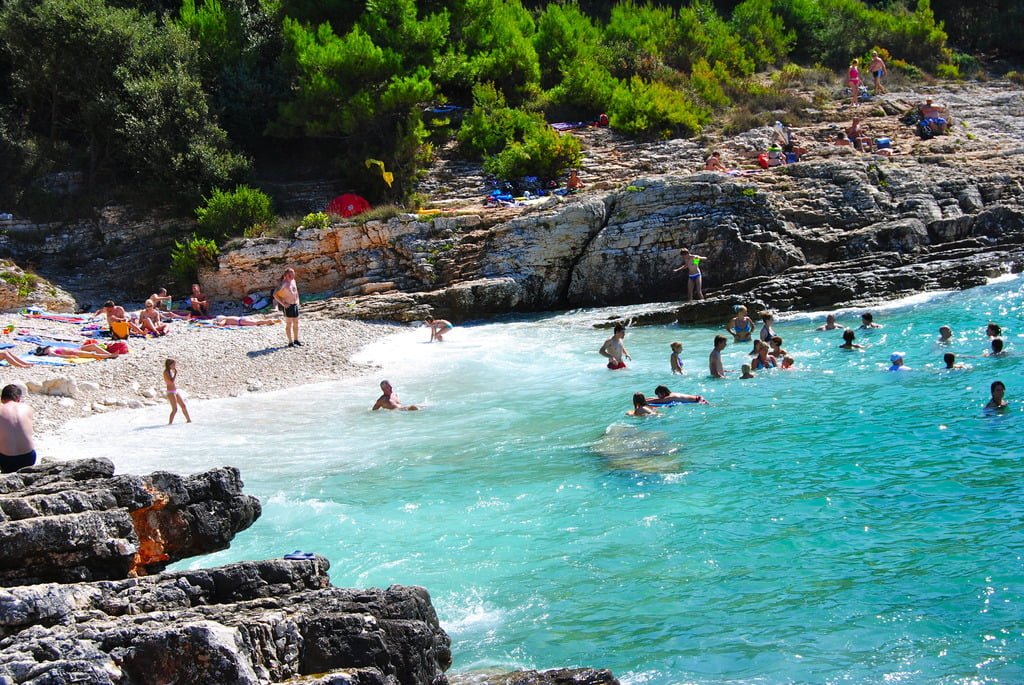
Pula
Our first stop in Istria was in a bay near the city of Pula. We thought this city had an Italian atmosphere and that turned out to be mainly because it was under Venetian rule for 8 centuries (1300-1800). And you can see that in the buildings.
The highlight is the Roman amphitheater that the Roman emperor Vespasian had built in Pula in the first century AD, for public entertainment. It is one of the best preserved amphitheaters in the world.
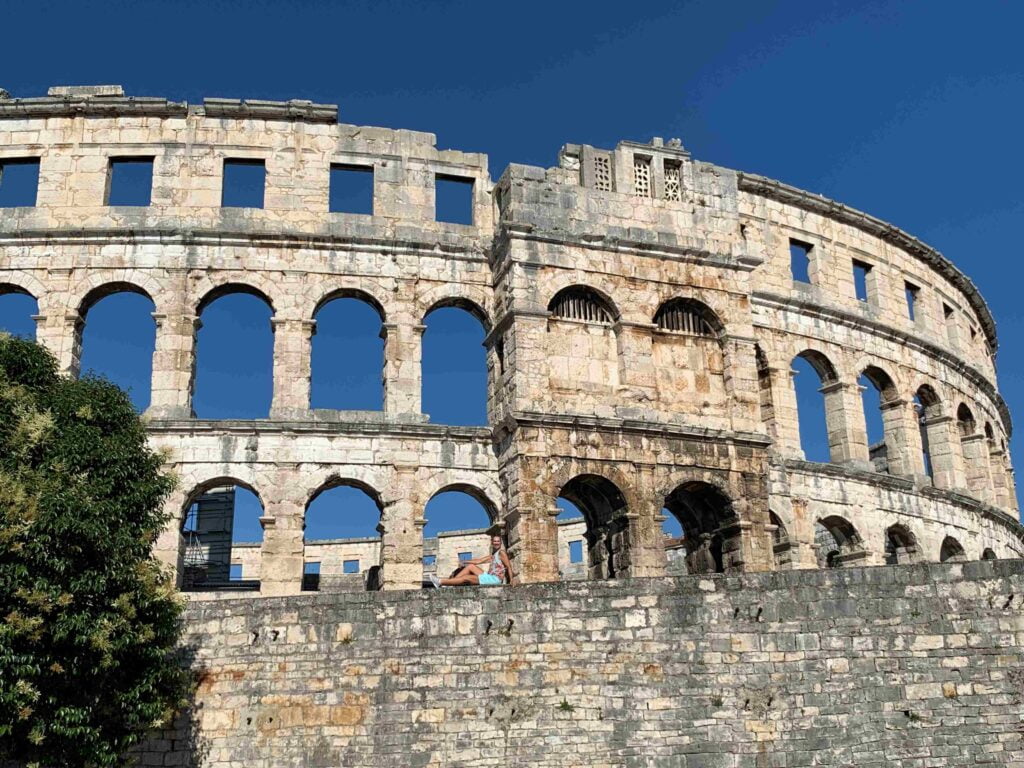
The oval building has a surface area of 132 by 105 meters. The outer ring is built of limestone and consists of three floors. There are 72 arcades and 64 rectangular openings. Because the amphitheater was built against a slope, the side higher up the hill only has two floors. There was room for 23,000 spectators. The arena was separated from the public by an iron fence. There were 15 entrance gates and tunnels under the arena floor from which gladiators and wild animals could enter the arena. The gladiators were mostly men, but sometimes there were women with whips to tame the lions.

In 1932, the arena was made suitable for theater productions, military ceremonies and public events. Today, the amphitheater has a capacity of 7,000 to 12,500 people.
Cycling through the old town, we also passed Roman temples, medieval city walls and beautiful Venetian buildings.


Rovinj
Our next stop was Rovinj. We were able to moor the catamaran (see left in the photo) in a beautiful bay and with our dinghy (see on the right) on a concrete jetty, we put the e-bike and e-scooter ashore and set off for Rovinj.

We found this to be one of the most picturesque towns in Istria. The old town has narrow, cobbled streets and colorful houses.


We really liked the little harbor and also the coastline when you cycled along the city.
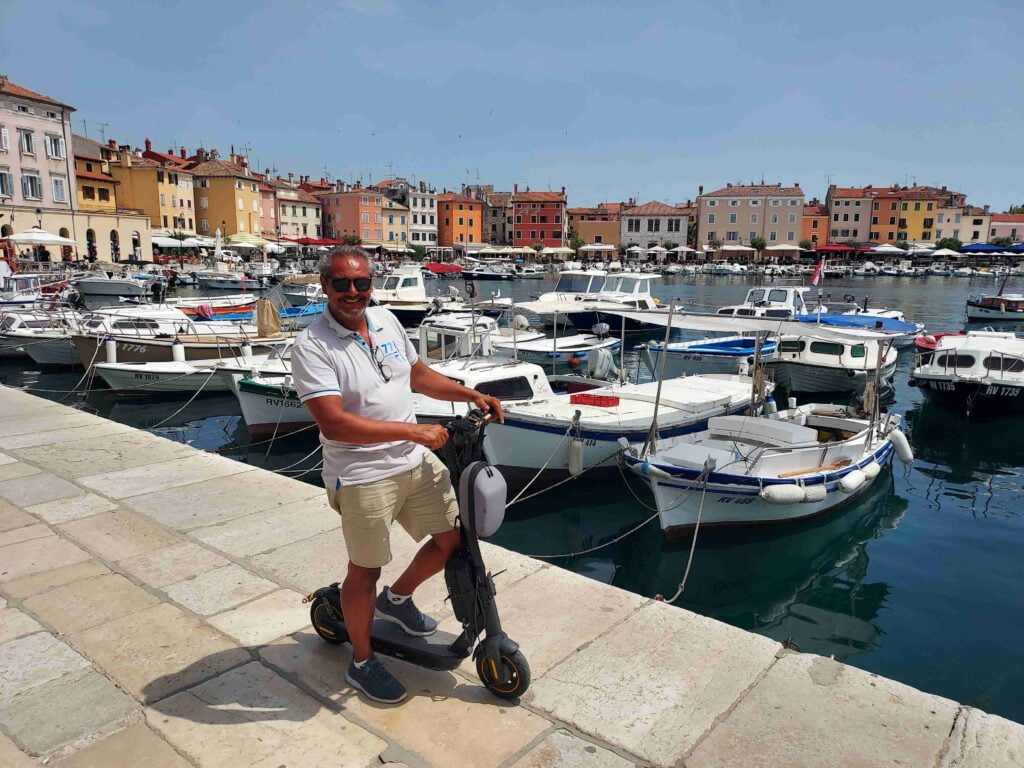

The literal highlight here is the St. Euphemia church, located on the highest hill of the city.

I found the nicest spot to be on the north side where there was a lively market, but also a quiet bay where people were paddling.
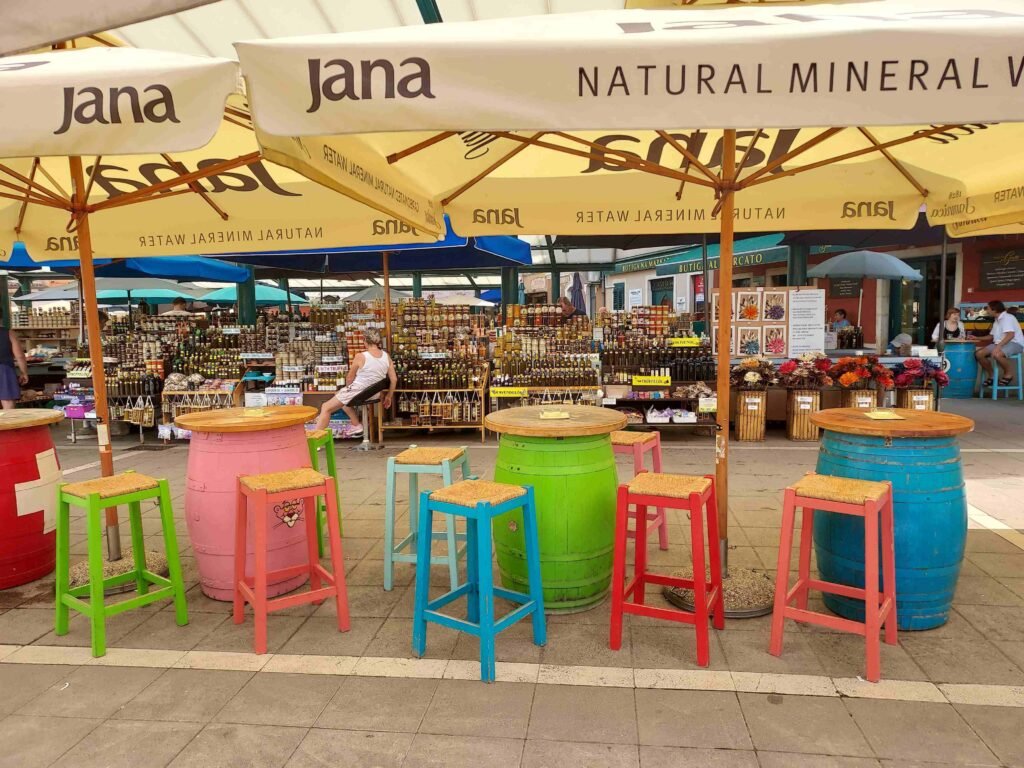

Poreč
Our sailing trip continued to our last stop in Istria, Poreč. A city that offers a rich mix of historical and modern sights. You can also see here that the region was a transit area for many peoples, because there is a lot of Byzantine art here. Byzantium is the old name for Constantinople, the current Istanbul, it is also called the Eastern Roman Empire.
We walked through the city in the evening with nice streets and many squares and restaurants.

We were on the lively city quay in the middle of the city. Our neighbors were Italians and as Italians like to do, they were going to eat in style. They had asked one of the restaurants near the boats if they could have the food delivered on board. But not like we would do in Holland: delivered in aluminium packages in a plastic bag. No, the restaurant came aboard to neatly set their dinnertable outside with a tablecloth and dishes from the restaurant. A waiter then came via the gangway on their boat, to bring the menus and took their order. And then the bottles of fine and well-filled borgs with food were brought to the boat. That’s how you do it!


